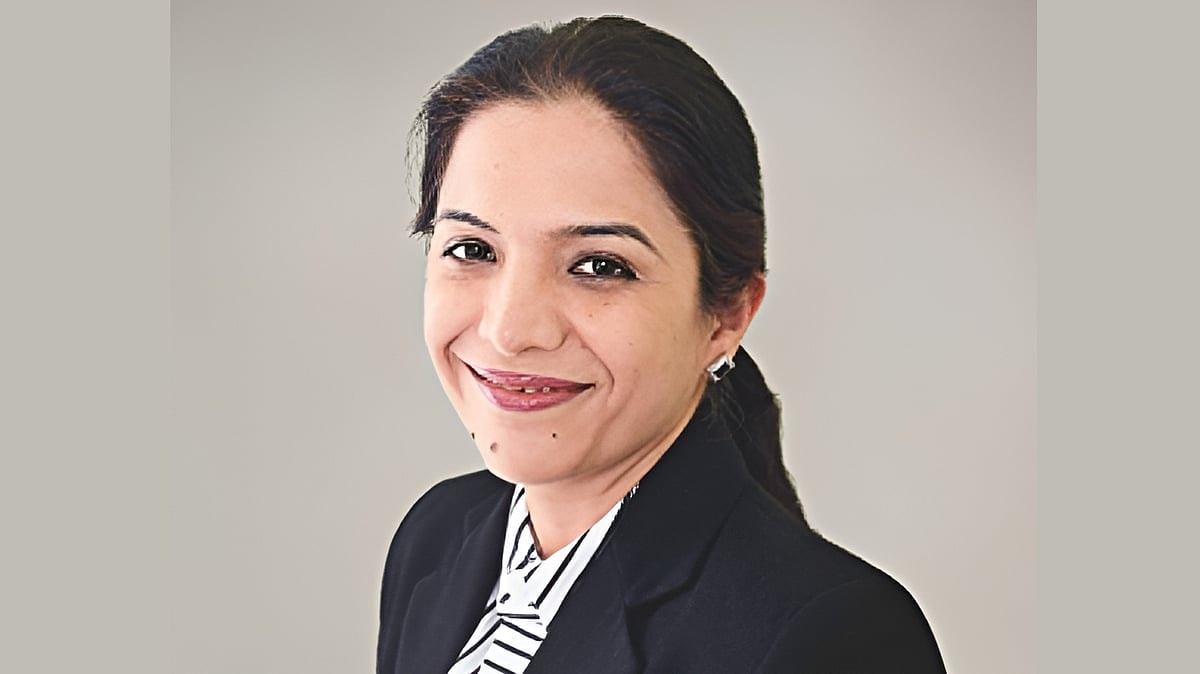AI News Bureau
(US & Canada) VIDEO | We Want to Predict Traffic Patterns to Provide Seamless Experiences — Otis Elevator Company CDAO
Pooja Dewan, VP and CDAO at Otis Elevator Company, speaks about the philosophy for data and analytics at Otis and how the company uses a hybrid data ecosystem to improve the passenger experience, especially by reducing wait times.
Written by: CDO Magazine Bureau
Updated 6:09 PM UTC, Thu September 28, 2023

Pooja Dewan, VP and Chief Data and Analytics Officer at Otis Elevator Company, speaks with David Zhao, Managing Director of Coda Strategy, in a video interview about the philosophy for data and analytics at Otis and how the company uses a hybrid data ecosystem to improve the passenger experience, especially by reducing wait times.
Otis is the world’s largest elevator and escalator manufacturing, installation, and service business. The company serves customers in over 200 countries around the world and maintains more than 2.2 million elevators and escalators.
Dewan begins with an overview of her role at Otis, where she is the Chief Data and Analytics Officer, leading teams that manage data and data science capabilities to drive transformation. She is also the executive sponsor of the Women in Technology Employee Resource Group and is active in several leadership and strategic advisory roles for an organization called Informs. She also held the position of Chief Data Scientist for BNSF Railway.
Shedding light on her academic background, Dewan mentions having a PhD, in Advanced Analytics and Artificial Intelligence focused on manufacturing and supply chain.
Introducing Otis, Dewan says that it is the world’s leading elevator, escalator, and moving walkway company. Sharing a fun fact, she reveals that Otis moves 2 billion people daily, servicing 2.2 million units, and has a 69,000-employee strong workforce serving customers globally.
Some of the most iconic buildings including Space Needle and Burj Khalifa have leveraged Otis’ products and services, says Dewan. She notes that the company is known for its engineering prowess, and it continues its digital journey to apply cutting-edge data and analytics to improve products and drive business.
When asked about her philosophy of running a data and analytics team, Dewan states that she does it under three pillars.
-
Enabling business strategies so that the company can serve better, improve efficiency, and create better products.
-
Enabling employees by creating internal systems to provide the right information at the right time to better serve the external customers.
-
Focusing on people and culture, to create a data-driven culture. This includes meaningful business partnerships that create transformation by leveraging data and analytics and bringing and retaining technical talent.
Moving forward, Dewan discusses the strategies behind managing the tech and data stack while maintaining legacy technologies. She states that the culture of innovation has been in the company’s DNA. Revisiting its 170-year-old history, she mentions that one can find many creations that revolutionized the way the elevator industry works.
“This culture of innovation continues as the company navigates the need for digital transformation.”
Pooja Dewan | VP and Chief Data and Analytics Officer, Otis Elevator Company
This culture of innovation continues as the company navigates the need for digital transformation to figure out how the products fit into intelligent buildings, smart cities, and connected passengers, says Dewan. She believes that the company must leverage technologies like IoT, AI, and ML to enable newer products. Therefore, she mentions starting a multi-year journey of building a hybrid data ecosystem.
Dewan maintains that with a lot of legacy technology to maintain, the company is quickly moving into a hybrid multi-cloud system. She affirms that the organization focuses on amalgamating business and digital strategies so that the tools and ecosystems become enablers.
Sharing an example of how Otis applies a hybrid data ecosystem to its products, Dewan mentions a product called Compass Infinity. The product is for destination dispatching and has a kiosk that guides passengers to the right elevator. It helps reduce energy consumption and has elevated passenger experience.
Referring to the pandemic, Dewan highlights the changing workflows, resulting in hybrid and remote work environments. The changes affected the rush hour patterns in buildings, and in such scenarios, the dispatcher helps passengers have a seamless experience and reduces wait times.
With the changing building traffic pattern, it became critical to leverage the latest cutting-edge AI and ML capabilities that adapt and understand the change in patterns, says Dewan. She affirms that it has huge implications in real estate markets, especially in mixed-use buildings and high-rises, which lack predictive patterns.
In conclusion, Dewan states that the goal is to provide passengers with the smart experience that they get from using other products that understand their needs. Therefore, understanding the traffic pattern on the premises and helping guide without the need for manual tuning for new traffic patterns leads to a seamless passenger experience.
CDO Magazine appreciates Pooja Dewan for sharing her invaluable insights with our global community.


